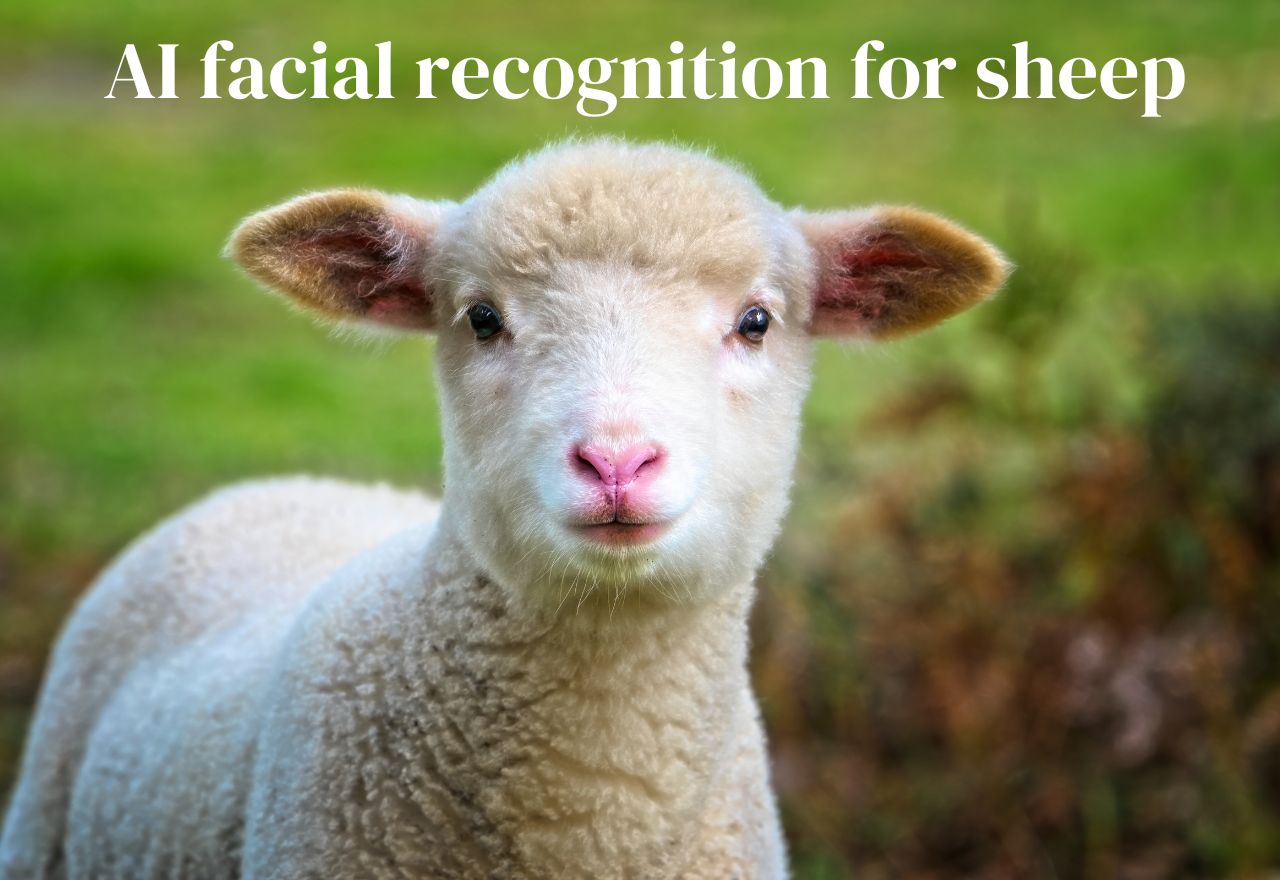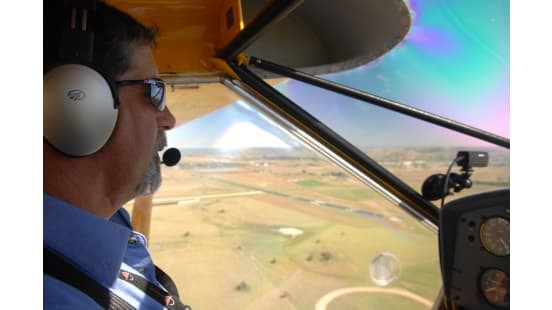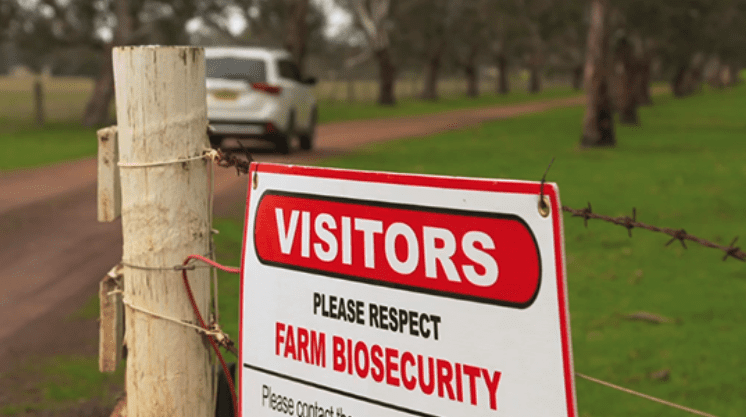Revolutionary tech for the paddock: AI facial for sheep
Krista Schade
18 July 2025, 8:00 PM

A change driven by AI technology is brewing in the paddocks, poised to change how Australian sheep farmers manage their flocks. Cutting-edge AI-based identification systems, leveraging advanced facial recognition technology, are rapidly moving from research labs to real-world trials, promising a future where traditional ear-tagging could become a thing of the past.
This non-invasive animal ID method offers a significant leap forward for precision agriculture, potentially reducing costs, improving animal welfare, and providing unprecedented insights into individual sheep health and performance.
Global Innovation, Local Impact: Trials Underway
The drive towards smart farming technology in the sheep industry is gaining serious momentum globally, with Australian agriculture at the forefront of adoption:
- Iris Data Science: As early as 2019, this Kiwi firm began developing "Sheep NN," a system designed to identify individual sheep through facial recognition without the need for physical tags. They've secured funding and collected thousands of images using deep learning methods, paving the way for camera-based identification.
- Cotter Agritech : In 2024, Irish firm Cotter Agritech partnered with Beef+LambNZ for field trials. Their goal: integrate facial recognition into their SmartWorm app to identify sheep individually, particularly on weigh crates, directly addressing the recurring cost of ear tags.
- Genesmith: Closer to home, Australian trials are already underway. Genesmith is deploying AI tools to assist sheep farmers in identifying top breeding stock through facial recognition, empowering producers with data-driven decisions.
The Brains Behind the Baa: Advanced AI Models
These practical applications are underpinned by rapid advancements in deep-learning research:
- High Accuracy Achieved: A June 2025 study unveiled a YOLOv5-CARAFE architecture, demonstrating an impressive 97.9% accuracy in sheep face identification, showcasing its strong potential for reliable real-world deployment.
- Lightweight & Fast: In March 2024, researchers developed a compact YOLOv7-based model, YOLOv7-SFR. Weighing in at just 11 MB with a rapid 3.6 millissecond processing time, it achieved 96.9% accuracy, making it ideal for integration into on-farm devices.
- Beyond 2D: Other cutting-edge research includes 3D facial reconstruction combined with feature matching, boasting an astonishing 99.6% accuracy, and algorithms that merge YOLOv5 with tracking tools, achieving up to 99% mAP precision in detecting and tracking sheep.
Game-Changing Benefits for Farmers
The shift from traditional ear tags to AI sheep identification offers a compelling suite of benefits for regional livestock producers:
- Non-invasive ID: Cameras can identify individual sheep without the stress, potential infections, or labour associated with physical tags.
- Lower Cost: Farmers can significantly reduce or even eliminate the expense of purchasing and replacing ear tags, leading to more cost-effective livestock management.
- Robust Performance: Advanced AI models are proving highly effective across various lighting conditions and animal poses, ensuring reliable identification in diverse farm environments.
- Enhanced Tracking and Monitoring: These systems enable seamless tracking and monitoring of individual sheep for weight gain, health indicators, and behavioural patterns during routine activities like drafting and weighing.
What's Next for Smart Sheep Farming?
The momentum is building. Commercial deployments are actively being validated through field trials across Australia, New Zealand, and Europe. The continuous evolution of AI models is leading to lighter, faster, and even more accurate recognition systems, enhancing their feasibility for everyday on-farm use.
Looking ahead, the expanded use cases for this technology are vast. Beyond basic identification, these systems may soon play a crucial role in automated drafting, early disease detection, precise weight monitoring, and even rustling detection, adding layers of security and efficiency to sheep farming.
This agricultural innovation represents a significant step towards a more humane, efficient, and technologically advanced future for Australian sheep producers, promising real benefits for productivity and animal welfare across our Back Country.
NEWS
SPORT





